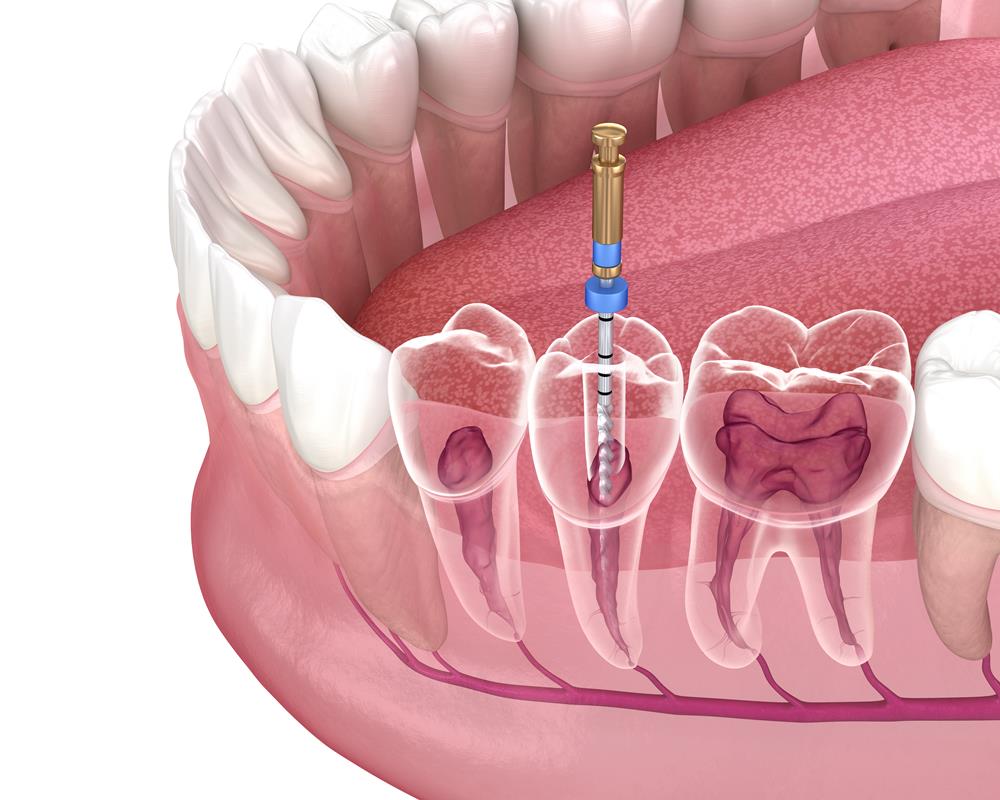 If you have never had a root canal before, you may be wondering what it entails. Although it’s not as common as a filling, this is still one of the more common procedures provided by dentists. A root canal is the procedure used when a tooth becomes badly decayed or infected and is beyond the point of a simple filling. Ideally, you want to treat the decaying tooth before it gets to this point. If you’ve waited and are now dealing with a root canal situation, you will want to know the following information.
If you have never had a root canal before, you may be wondering what it entails. Although it’s not as common as a filling, this is still one of the more common procedures provided by dentists. A root canal is the procedure used when a tooth becomes badly decayed or infected and is beyond the point of a simple filling. Ideally, you want to treat the decaying tooth before it gets to this point. If you’ve waited and are now dealing with a root canal situation, you will want to know the following information.
Much like a filling, there will need to be drilling involved in order to clean out the decayed area of the tooth. Luckily for you, you will receive a local anesthetic in order to numb the area that is being treated. The main difference is that the infected or damaged area is slightly deeper than your average filling situation. During the root canal procedure, the nerve and pulp are removed from the tooth. The pulp is a soft chamber where bacteria begin to quickly multiply when the damage reaches this level. If this is not cleaned out, then a deeper infection or abscess can form causing even more damage to your mouth.
After the pulp and nerve are removed from the damaged tooth, the dentist may either decide to immediately seal the tooth or wait, depending on the situation. Sometimes it is better for the tooth to heal with medication before sealing and other times it is better to quickly seal the tooth right after the procedure. To seal the tooth, a paste is placed into the root canal, which often consists of a rubber compound. Typically, when a root canal is needed, there will also be a large filling that needs to be placed as well. Many times a dentist will opt for using a dental crown in order to better cement the tooth in place if there isn’t much of the original tooth left. Thankfully, after this procedure is finished, you will be almost as good as new. The only thing that changes is you will not have nerves in that specific tooth to feel hot or cold. Everything else will be the same.
Even though root canals can sometimes have the reputation of being painful, they are actually no more painful than receiving a filling. There will be a slight discomfort, but otherwise you shouldn’t notice that much of a difference. The main point we want to emphasize is to never let your tooth get to this point. Simply brushing twice a day for two minutes in each section will greatly reduce your chances of ever needing one of these.
Don’t forget to floss as well and visit your dentist at least twice a year for a deeper, better clean. Keep up on your oral hygiene and you’ll likely never have to experience a root canal in your life!
For more information on root canal therapy or to request an appointment, please don’t hesitate to contact us today.
